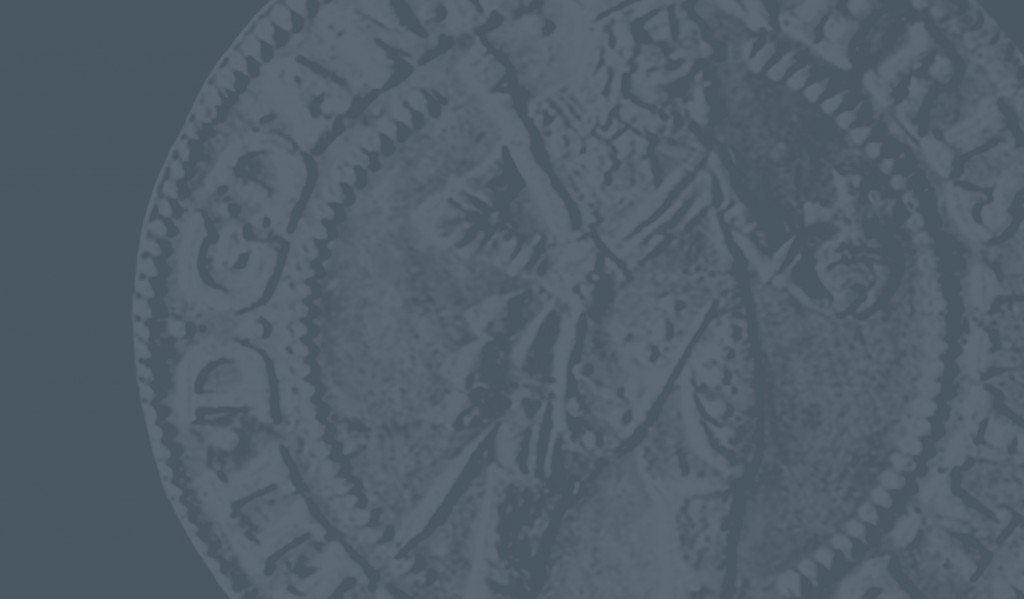
Kupuj i rezerwuj online
Bilety na wystawy czasowe oraz stałe, wydarzenia, wykłady i inne. Zakup online książek i gadżetów.
Spotkania
w Muzeum
Spacery, spotkania kuratorskie, literackie, wykłady i więcej
The beginnings of museology in Bydgoszcz date back to the end of the 19th century, when the Historical Society (Historischer Verein zu Bromberg) operated in the city. From 1880, its members collected archaeological, historical, numismatic, and ethnographic artefacts, natural finds, and initiated exhibition activities. The gathered collections, despite the lack of legal authorization, were already called the Museum (Historisches Museum zu Bromberg) at that time. The collections were made available to the residents in the music choir of the Poor Clares’ Church from 1890. Before the outbreak of World War I, concepts of creating a separate museum institution, independent of the Society, under the protection of the city office, were developed, but not implemented.
In the years 1919-1920, the German Society with the objects at its disposal transferred the most valuable archaeological and numismatic artefacts to Berlin. Moreover, the last German mayor, Hugo Wolff, decided to evacuate some valuable items owned by the city hall. These actions were inconsistent with the provisions of the Treaty of Versailles. One of the last items removed from Bydgoszcz was the so-called „Emperor’s Cup”, which was given to the Kunstgewerbemuseum. This took place on January 7, 1920, just a few days before the Polish Army entered Bydgoszcz. Fortunately, some of the artefacts remained by the Brda River. When Bydgoszcz returned to the Motherland, preparations began to create an institution that could take care of the collections gathered in the Poor Clares’ Church.
The most active promoters behind creating the Museum in Bydgoszcz were the employees of the Municipal Library, with its curator, Fr. Jan Klein at the head, as well as Dr. Stanisław Łabendziński, professor at the Agricultural University. Preparations for the establishment of the institution gained momentum in 1922. The ceremonial opening of the Municipal Museum in the tenement house at 2 Old Market Square took place on August 5, 1923. The established Municipal Museum was directly subordinated to the city authorities. In the first decade, the collections grew thanks to donations, deposits, and occasionally purchases. In addition to numismatic and historical items, works of art began to play an important role in the acquisitions. The newly-established Museum encountered a number of obstacles, among which the following should be mentioned: very modest staffing levels and low expenditure on the facility’s development. The first director of the Municipal Museum was Fr. Jan Klein. The next person to hold this function was Dr. Tadeusz Dobrowolski, an art historian and museologist highly regarded in Poland.
After the renovation of the ground floor of the Museum building in the Old Market Square, it was decided to allocate this place for temporary exhibitions. On the first floor, the Municipal Gallery of Pictures and Sculptures was located, which functioned as a constantly evolving exhibition and became a real showcase of the institution, well known in Poland. Bydgoszcz memorabilia was exhibited in the attic, with numismatic, archaeological and military items in the basement. The first temporary exhibition in the Museum presented the private collections of Otton Pfefferkorn, an industrialist from Bydgoszcz, and Tadeusz Wierzejski, an antiquarian. At the exhibition, residents of Bydgoszcz were able to admire antique furniture, carpets and porcelain, among others. Every year, efforts were made to prepare at least a few temporary exhibitions, with the vast majority devoted to visual arts.
Development of the collections from the beginning was multi-directional. Thanks to the contacts and influence of Fr. Klein, already in September 1923, the Museum’s collections were enriched by over a dozen Bydgoszcz-themed graphic artworks. Most of them came from local patriots, with exhibits for the Bydgoszcz Museum donated by, among others, Maria Ogińska from Potulice. After two years of the institution’s work, in 1925, the collections already contained about 5,000 items. In just a few years, the local art gallery amassed a substantial collection. In the first decade of its activity, the Museum could already boast works of Józef Brandt, Walter Leistikow, Władysław Jarocki, Apoloniusz Kędzierski and Fryderyk Pautsch. A catalogue published in 1929 lists 195 paintings and 28 sculptures, created by 96 artists. Two years later, in 1931, the collection was enriched with over 50 works by Leokadia Łempicka.
The crisis at the turn of the 1920s and 1930s hindered the activities of the Museum in Bydgoszcz. At that time, the institution struggled with problems that threatened its functioning. Thanks to the generosity and commitment of the employees and supporters of the Museum, it managed to overcome them.